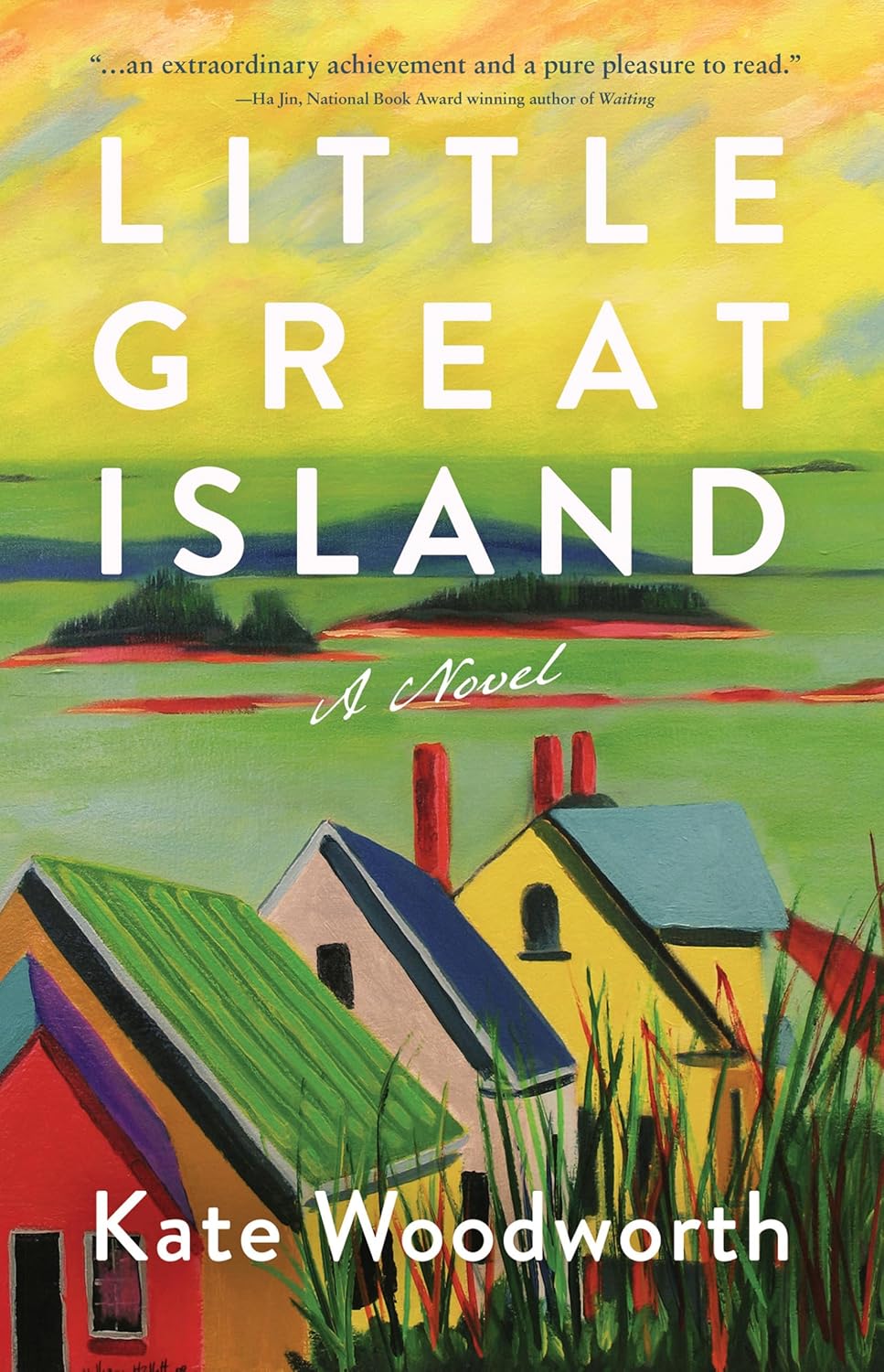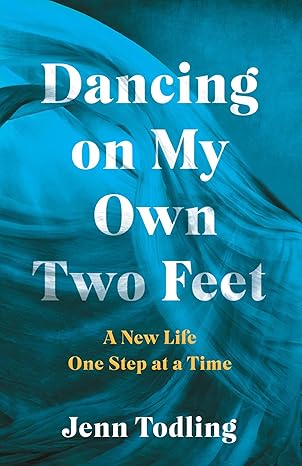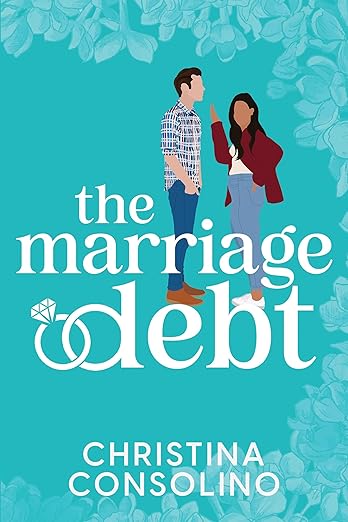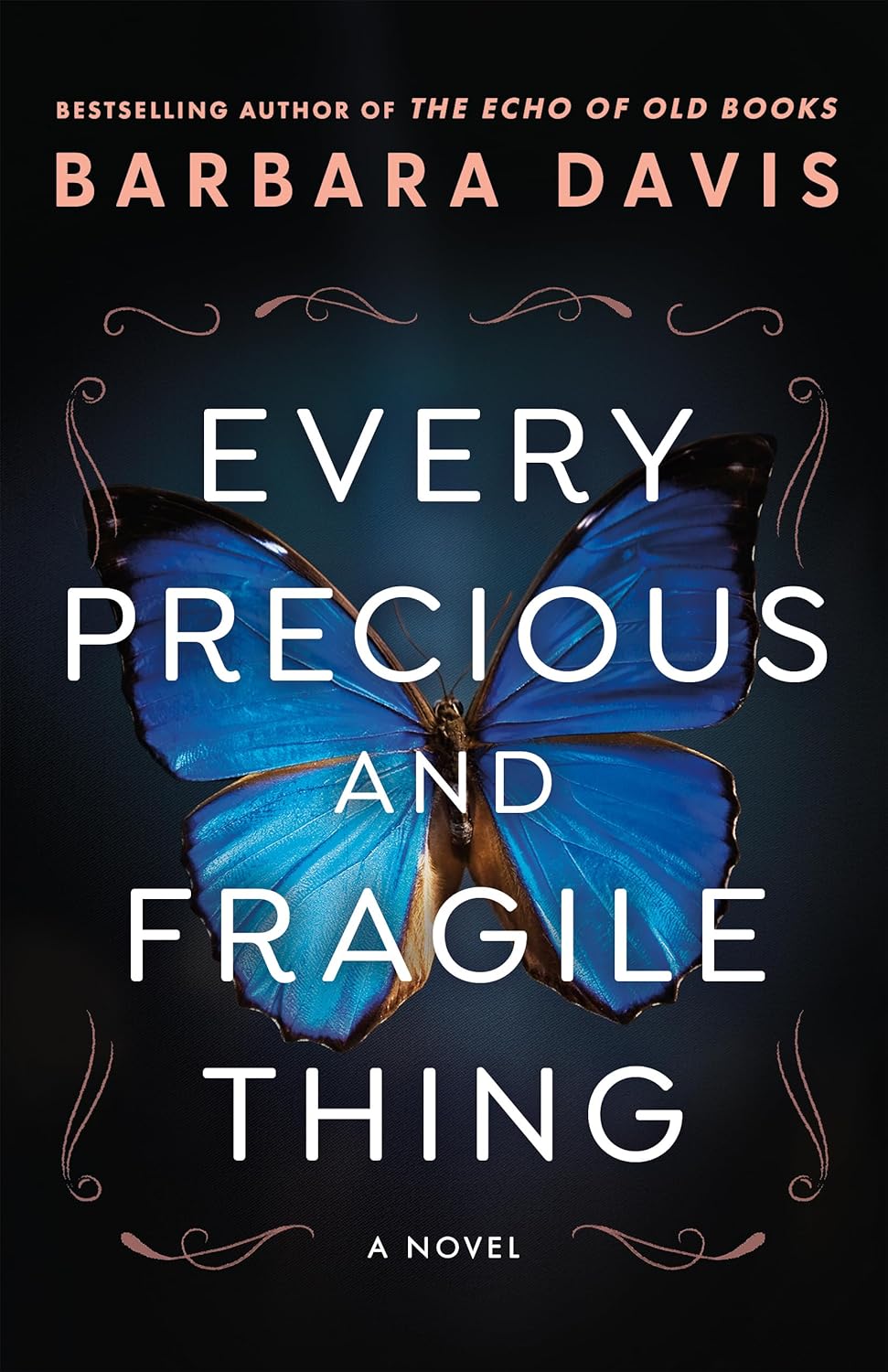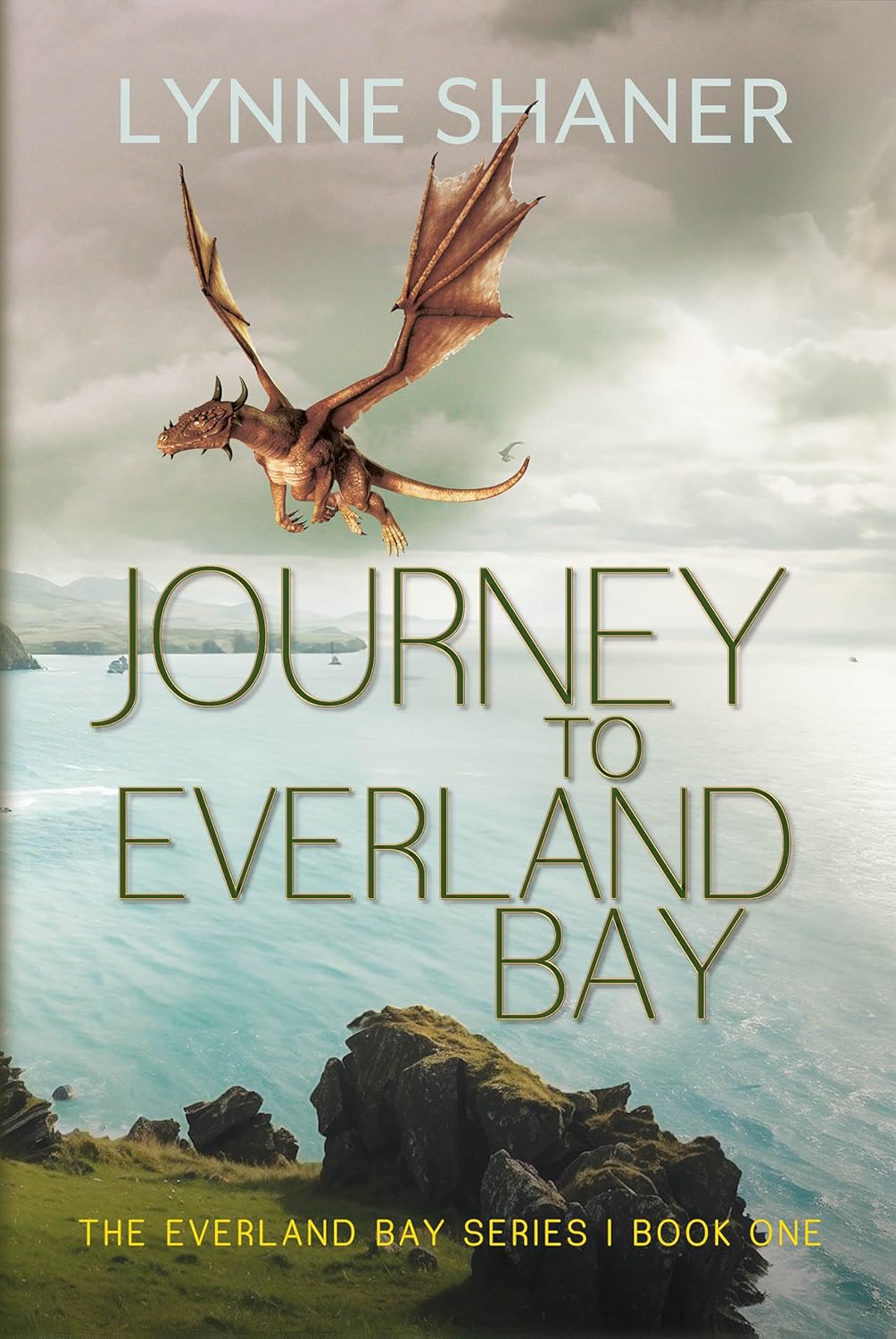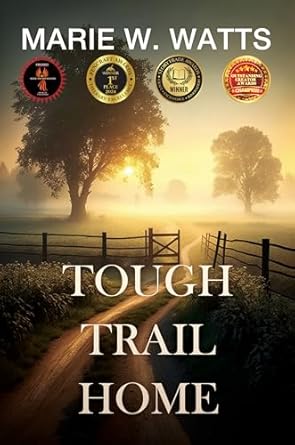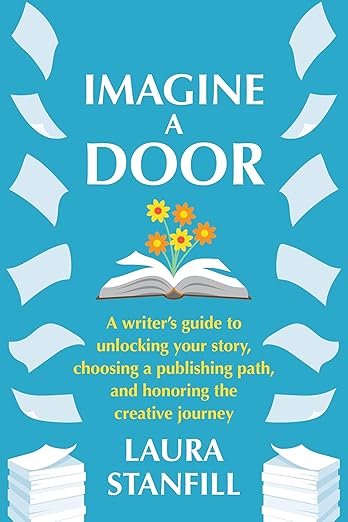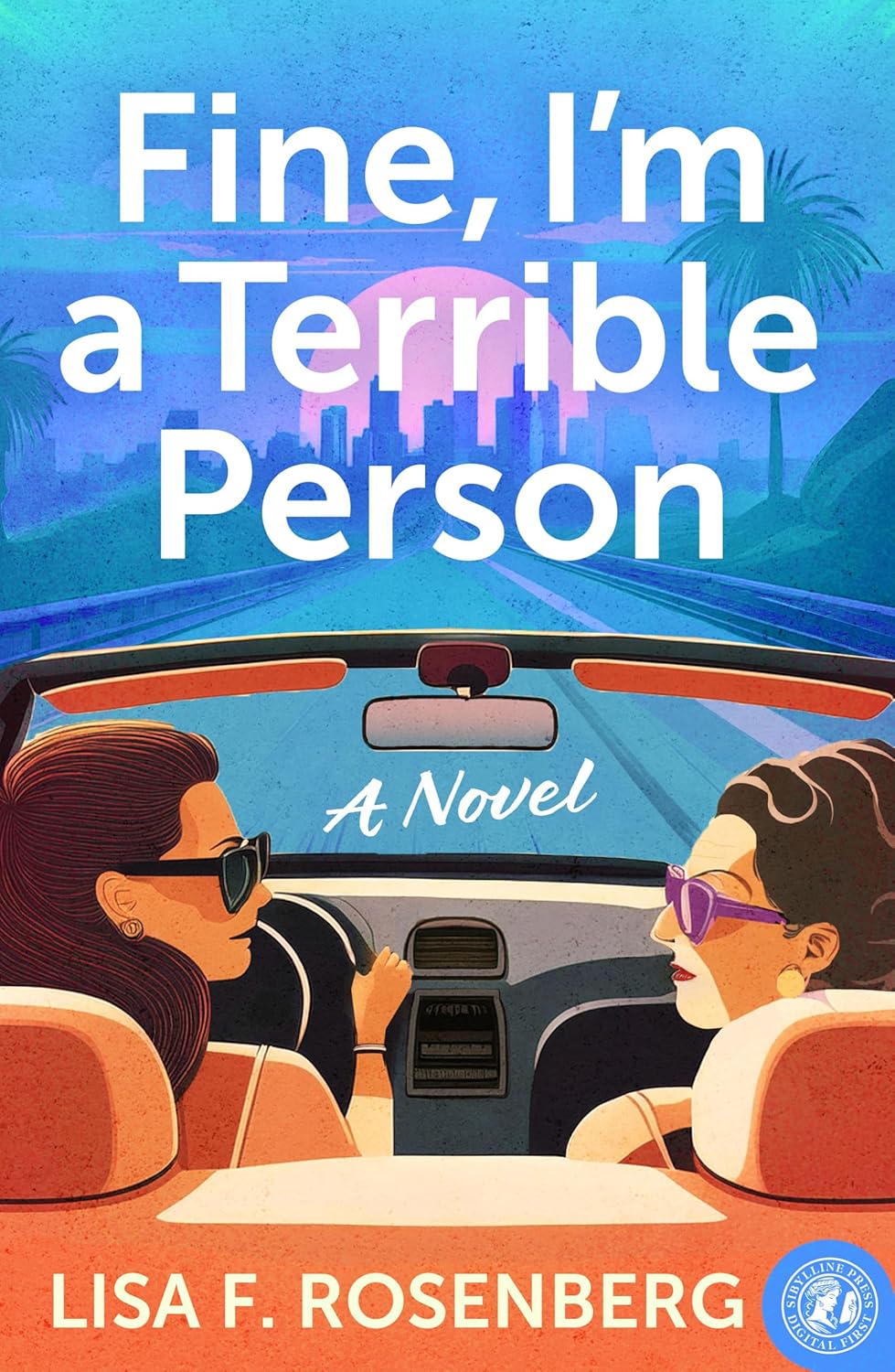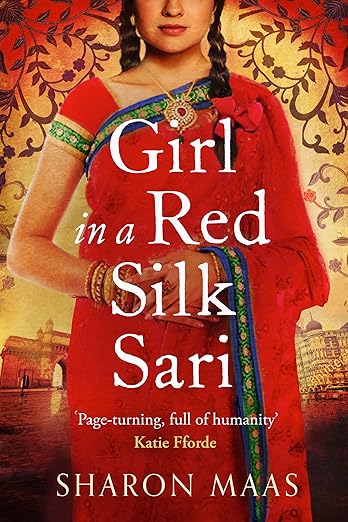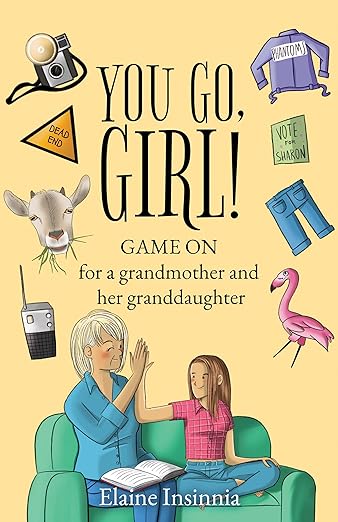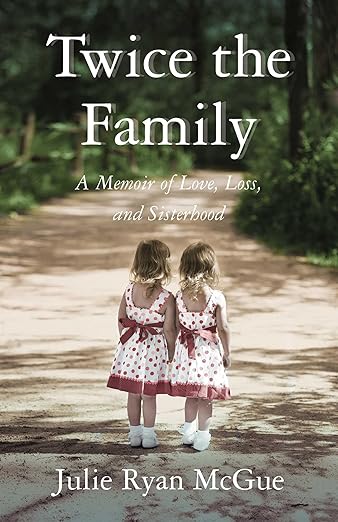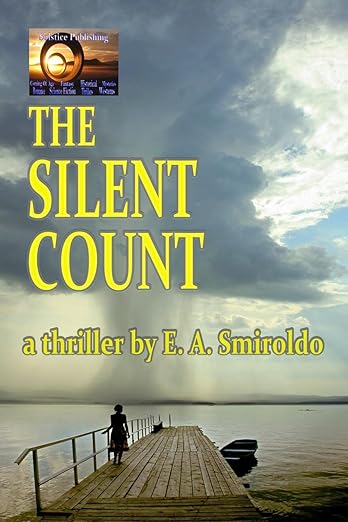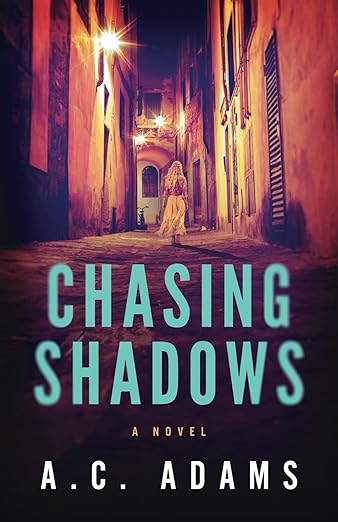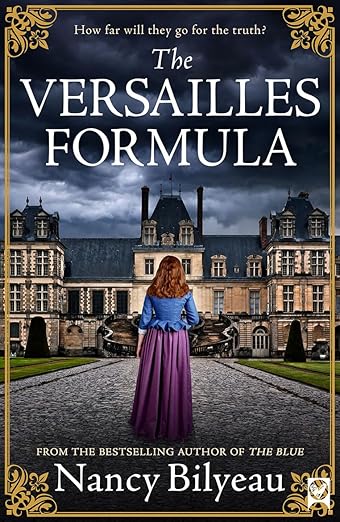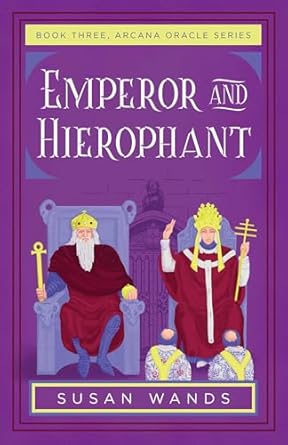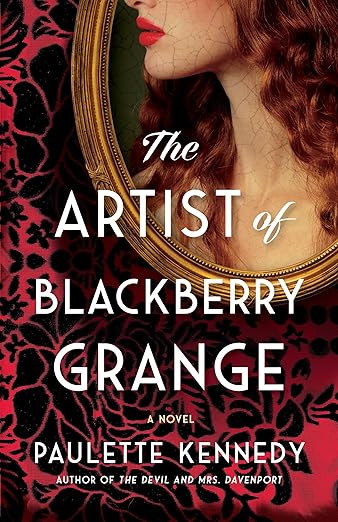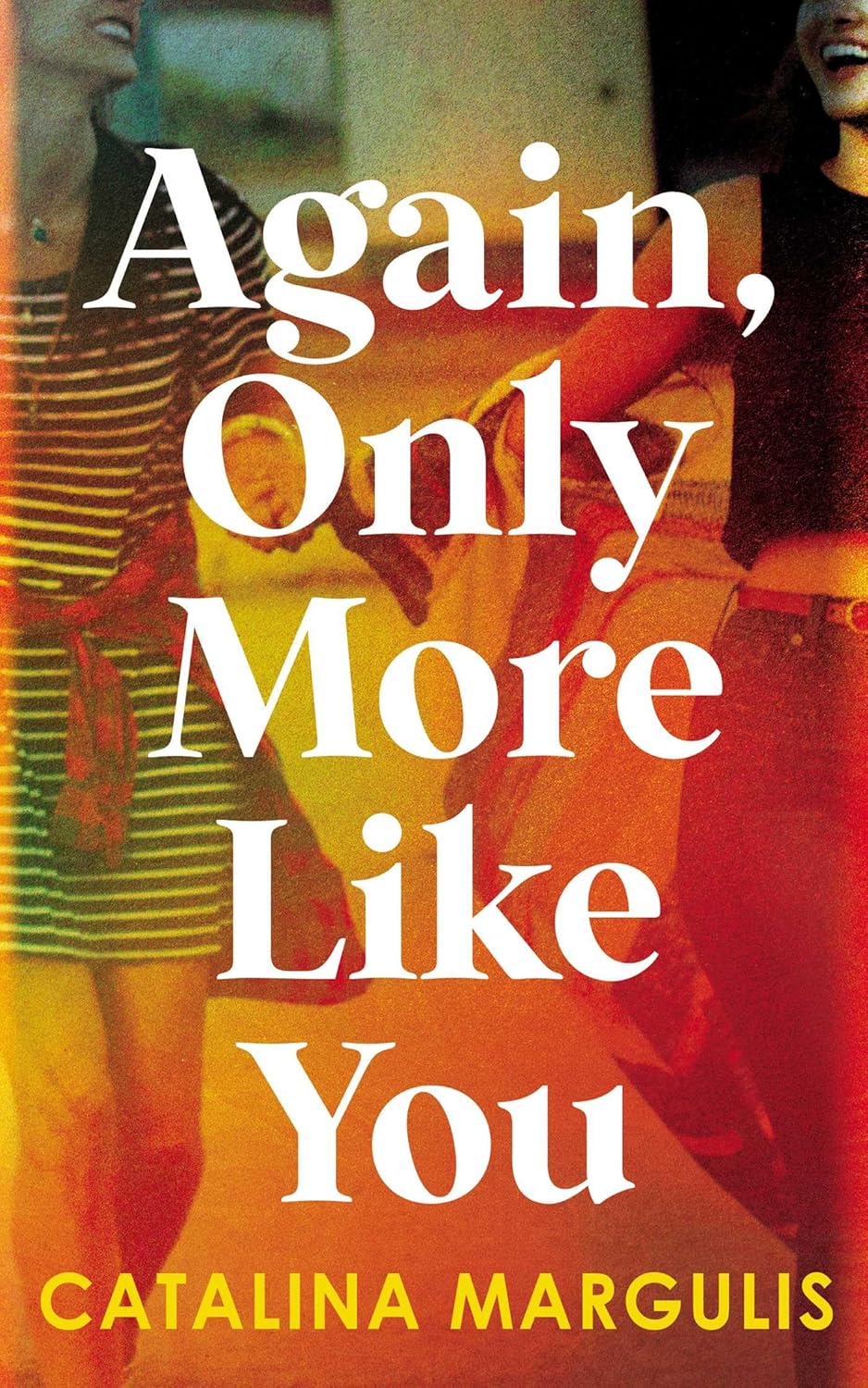The Two Best Tips for Writing a Strong Story: Put Characters in Conflict
 To write a strong novel or story, you need characters in conflict. But conflict doesn’t just come from dramatic things happening. It comes from the character—what he or she needs and wants, and why he or she can’t get it easily. If those aspects are strong, your writing will be dramatic.
To write a strong novel or story, you need characters in conflict. But conflict doesn’t just come from dramatic things happening. It comes from the character—what he or she needs and wants, and why he or she can’t get it easily. If those aspects are strong, your writing will be dramatic.
Let’s start with a premise: a college student has a math test on Monday. Exciting? Not really.
But ask two simple questions, and you can add conflict.
Why is it important to the character?
- The stakes should be high. The longer the story or novel, the higher stakes you need to sustain it. A short story character might want to win a contest; a novel character might need to save the world.
Why is it difficult for the character?
- Difficulties can be divided into three general categories, traditionally called man versus man, man versus nature, and man versus himself.
- You can even have a combination of these. For example, someone may be trying to spy on some bank robbers (person versus person) during a dangerous storm (person versus nature) when he is afraid of lightning (person versus self).
For our student with the math test, here’s one example: It’s important because if he doesn’t pass, his grades won’t be good enough to keep playing football, when football is what he loves most – and the reason he got a scholarship, and his ticket out of poverty. Now those are high stakes! If we create a character readers like, they’ll care about the outcome of this test and root for him to succeed.
Our football lover could have lots of challenges—a storm knocked out the power, he has ADHD, his overall class load is too high, or he suffers test anxiety. But ideally we’ll relate the difficulty to the reason it’s important. So let’s say the team has a big game Sunday afternoon and he’s getting pressure from his coach and teammates to practice rather than study. Plus he’d rather play football anyway.
We now have a situation full of potential tension. Let the character struggle enough before he succeeds (or fails and learns a lesson), and you’ll have a story. And if these two questions can pump up a dull premise, just think what they can do with an exciting one!
Build Strong Characters with Fears and Desires
As this exercise shows, conflict comes from the interaction between character and plot. You can create conflict by setting up situations which force a person to confront their fears. If someone is afraid of heights, make them go someplace high. If they’re afraid of taking responsibility, force them to be in charge.
You can also create conflict by setting up situations which oppose a person’s desires. If they crave safety, put them in danger. But if they crave danger, keep them out of it.
In Something Shady at Sunshine Haven, the first book in my humorous Accidental Detective series, Kate is a war correspondent who has traveled the world. She’s confident, adventurous, and fairly fearless. But she’s forced to return home to heal after a serious injury. Living in her childhood bedroom with her father as a roommate was not where she thought she’d be at age 49. Then she finds out about suspicious deaths at the nursing home where her mother is an Alzheimer’s unit. She’s reported on plenty of problems, but this one is personal. Kate’s background give her the qualities she needs to be a detective; her current situation challenges her in all kinds of personal ways.
In contrast, Coffee and Crushes at the Cat Café is a low-angst sweet romance in my Furrever Friends Sweet Romance series. Kari wants to take care of everyone around her, so when a sexy master baker asks for a job at her new cat café, Kari tries to set him up her sister. Kari has to learn to admit her own needs and wishes while also dealing with the stresses of welcoming sixteen shelter cats to her new business.
In my middle grade Mayan historical novel The Well of Sacrifice (written as Chris Eboch), Eveningstar never dreams of being a leader or a rebel. But when her family, the government, and even the gods fail to stop the evil high priest, she’s forced to act. The reluctant hero is a staple of books and movies because it’s fun to watch someone forced into a heroic role when they don’t want it. (Think of Han Solo in Star Wars.)
Basically, regardless of your genre or target audience age, you can create a character who faces conflict based on their needs, wants, and fears.
To Build Story Conflict:
- What does your main character want? What does he need?
Make these things different, and you’ll add tension. It can be as simple as our football player who wants to practice football but needs to study. Or it could be more subtle, like someone who wants to be protected but needs to learn independence.
- Even if your main problem is external (person versus person or person versus nature), consider giving the character an internal flaw (person versus self) that contributes to the difficulty. Perhaps your character has a temper, is lazy, or refuses to ever admit she’s wrong. This helps set up your complications and as a bonus makes your character seem more real.
- Before you start, test the idea.
Change the character’s age, gender, or looks. Change the point of view. Change the setting. Change the internal conflict. What happens? Choose the combination that has the most dramatic potential.
—
Kris Bock writes mystery, suspense, and romance. In the Accidental Detective series, a witty journalist solves mysteries in Arizona and tackles the challenges of turning fifty. Kris’s Furrever Friends Sweet Romance series features the employees and customers at a cat café. In the Accidental Billionaire Cowboys series, a Texas ranching family wins a fortune in the lottery, which causes as many problems as it solves. Sign up for the Kris Bock Mystery and Romance newsletter and get a free Accidental Detective short story and bonus material, a free 30-page sweet romance set in the world of the Furrever Friends cat café, and a printable copy of the recipes mentioned in the cat café novels.
Kris also writes a series with her brother, scriptwriter Douglas J Eboch, who wrote the original screenplay for the movie Sweet Home Alabama. The Felony Melanie series follows the crazy antics of Melanie, Jake, and their friends a decade before the events of the movie. Sign up for the romantic comedy newsletter to get a short story preview, or find the books.
—
Kris has over 100 books for children published under the names Chris Eboch and M. M. Eboch. Her novels for ages nine and up include The Eyes of Pharaoh, a mystery in ancient Egypt; The Well of Sacrifice, a Mayan adventure used in many schools; and The Genie’s Gift, a middle eastern fantasy. Learn more at www.chriseboch.com. Check out her writing tips at her Write Like a Pro! blog.
Pride and Prejudice at The Cat Café: a Furrever Friends Sweet Romance #7
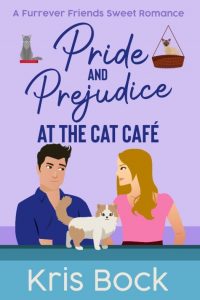 It is a truth universally acknowledged, that a single man in possession of a fortune should donate to a cat rescue.
It is a truth universally acknowledged, that a single man in possession of a fortune should donate to a cat rescue.
Overworked PhD student Liz takes a break at the local cat café with her friend Jade, who wants to start a special needs cat rescue. When Jade pitches her idea to Carl, who is in charge of corporate giving for a rich local family, sparks fly between the two.
Meanwhile, snark flies between Liz and Carl’s best friend, William. William seems stuffy and rude, and worst of all, he doesn’t like cats. William is intrigued by Liz even though every one of their interactions seems to go awry, in part due to his terrible cat allergy.
For the sake of their friends and the animals, the two figure out how to get along – until Liz learns some horrible things about William. But is she trusting the right person? Then the feisty kitten Lydia disappears – perhaps stolen – and they have to overcome their differences in order to rescue her.
The Furrever Friends Cat Café helps people find furry forever friends – and just might lead to romantic love too. This Pride and Prejudice modern adaptation features fresh twists to delight both fans and new readers. Visit the Furrever Friends Sweet Romance series on Amazon US or Amazon UK or see the series with links to all retailers.
Category: How To and Tips




